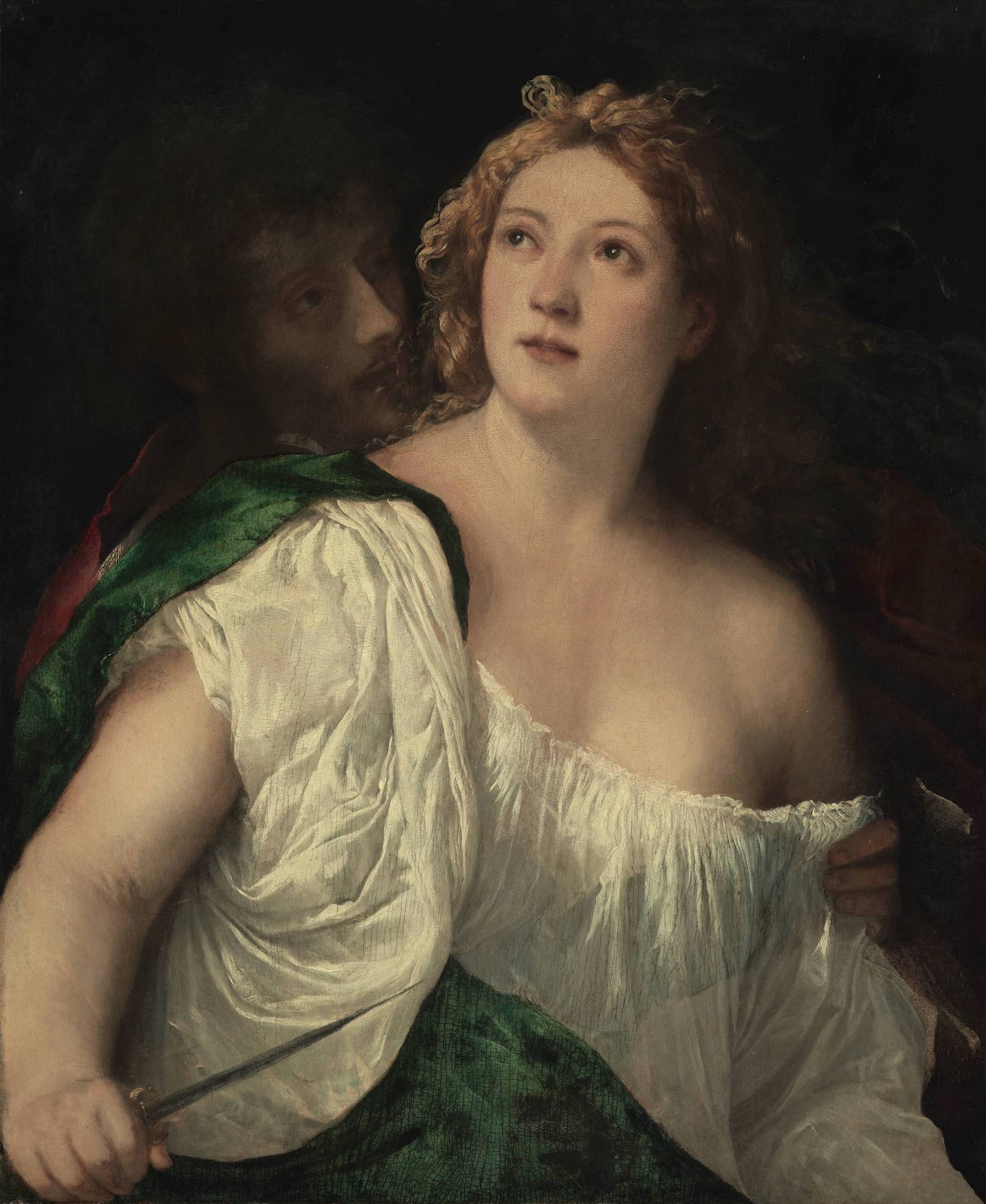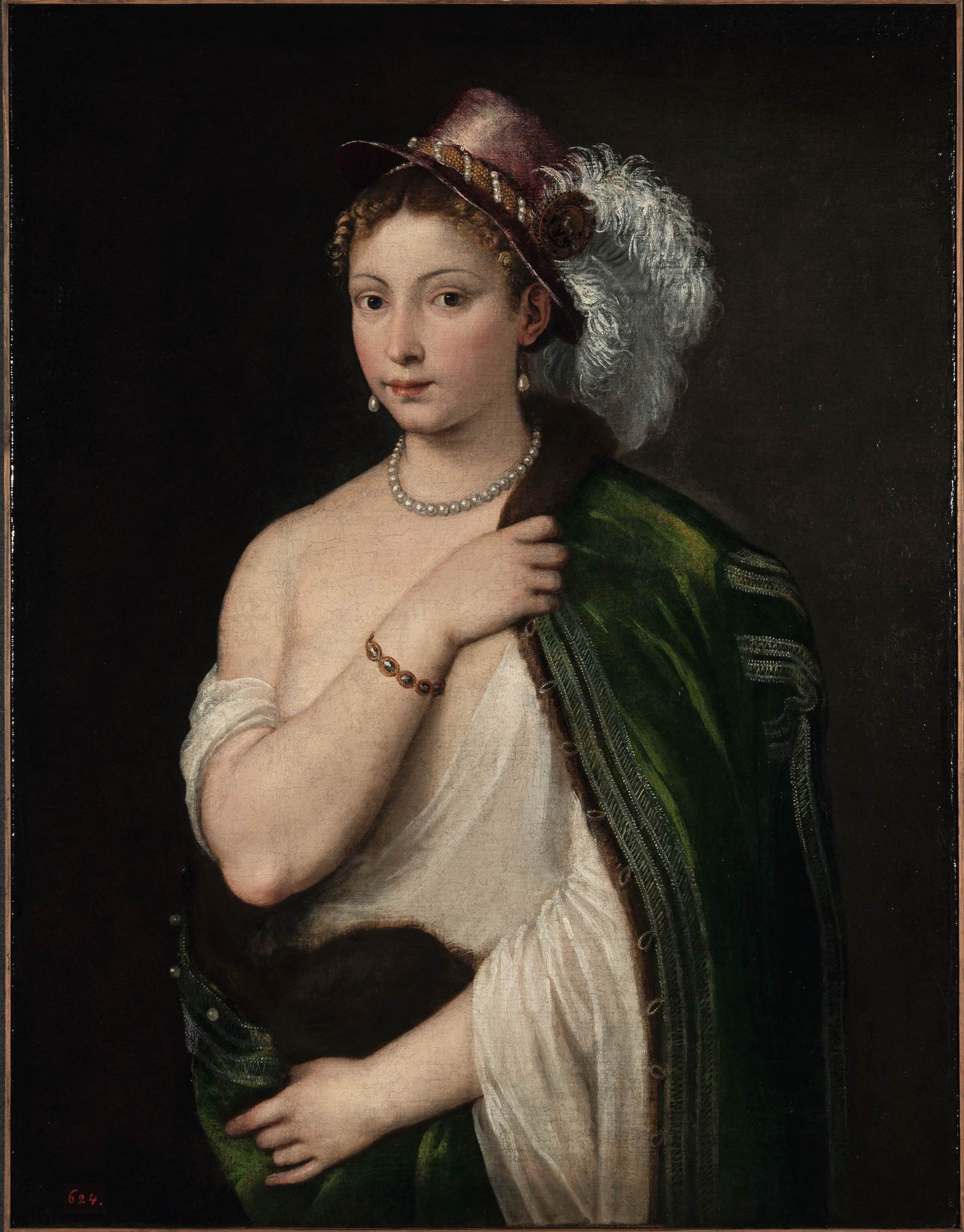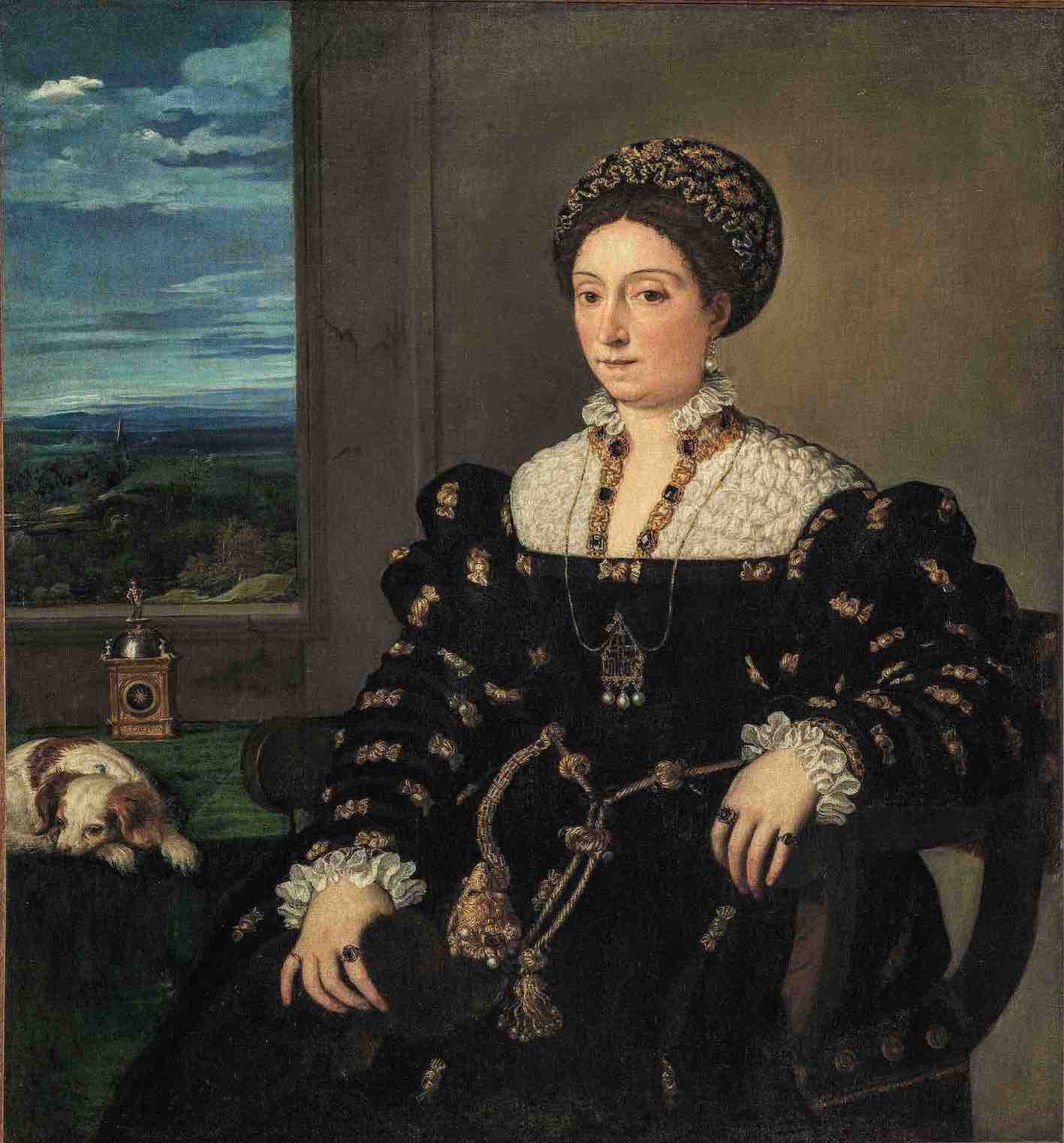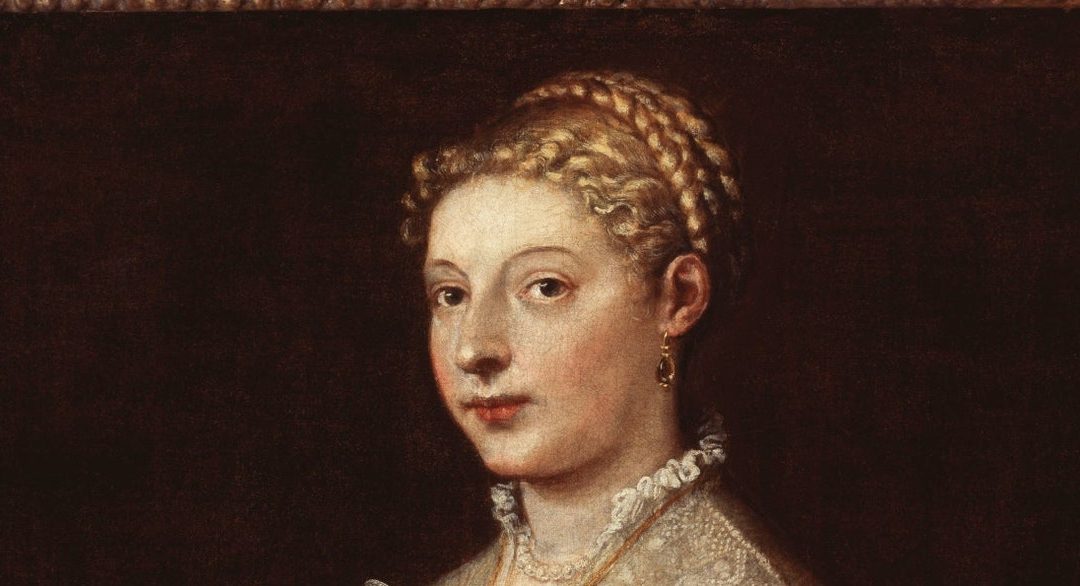Tiziano’s women in Milan. An exhibition at the Palazzo Reale explores the feminine representation in 16th century Venice
Noblewomen, heroines, common women, Venus figures, Madonnas, courtesans.

Tiziano, Lucrezia e suo marito, 1515 ca., Kunsthistorisches Museum – Courtesy Artribune
he exhibition “Tiziano e l’immagine della donna nel Cinquecento Veneziano” – which has opened in Milan on the 23rd of February – is a triumphal summa of the women’s depictions by Tiziano and his contemporaries. The contextual scene is the city of Venice in the 1500s, a moment when the art of portraying gave in to the representation of female images in all life seasons.
This is a journey across beauty, charm and sensuousness in the sixteenth century that ten masterpieces selected by the curator Sylvia Ferino – formerly the director of the pinacotheca in the Kunsthistorisches Museum – are able to convey with the most impressive “voices” of the 1500s painting. In fact, along with Tiziano other masterpieces by Giorgione, Tintoretto, Palma il Giovane and Veronese are exhibited too.

Tiziano, Giovane donna con cappello piumato, 1534-1536 ca., Ermitage – Courtesy Artribune
A homage to all the interpretations of femininity that Tiziano, for the first time in the Venetian School, managed to portray with a unique fervour and modernity, in tune with the essential role of women in the ‘Serenissima’ Venetian Republic even if they weren’t officially involved in the local politics.
Several prestigious artwork loans are on display such as “Lucrezia e suo marito” (approx. 1515) from Kunsthistorisches Museum (Vienna) – where Lucrezia is in full light like a goddess, whereas his husband arises from the background – or ‘Giovane donna con cappello piumato’ (1534‐1536) coming from Ermitage Museum (Saint Petersburg) – where the female figure points her sweet & proud gaze directly to the observer in a self‐confident posture. Among the official portrays the one of Eleonora Gonzaga della Rovere (approx. 1537) from Uffizi Museum (Florence) stands out for the clear representation of some personality traits such as courteousness, modesty and elegance via the playful use of symbolic details, typical of Tiziano’s practice.

Tiziano, Ritratto di Eleonora Gonzaga della Rovere, 1537 ca., Galleria degli Uffizi – Courtesy Artribune
This show also arrays interesting objects of applied art, jewels, books and some graphical works which enrich the exhibition path and open a window to the topics introduced by the paintings.
This event ‐ which is promoted and produced by the Municipality of Milano‐Cultura and Skira Editore in collaboration with Kunsthistorisches Museum (Vienna) and Fondazione Bracco as main partner – is on view until the 5th of June 2022.

